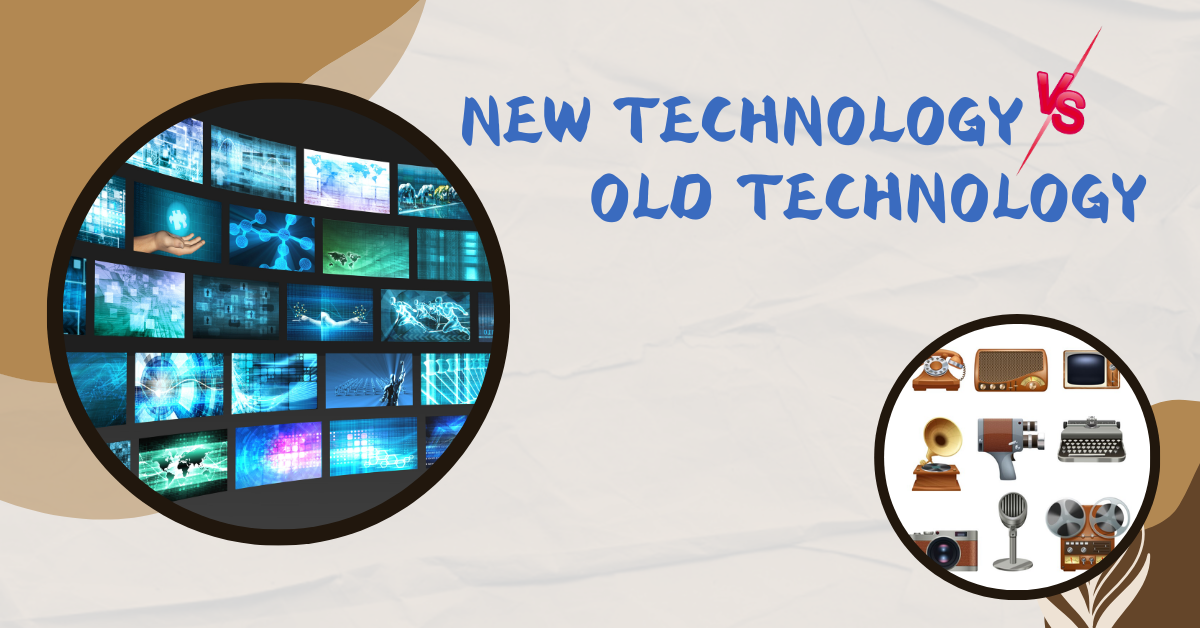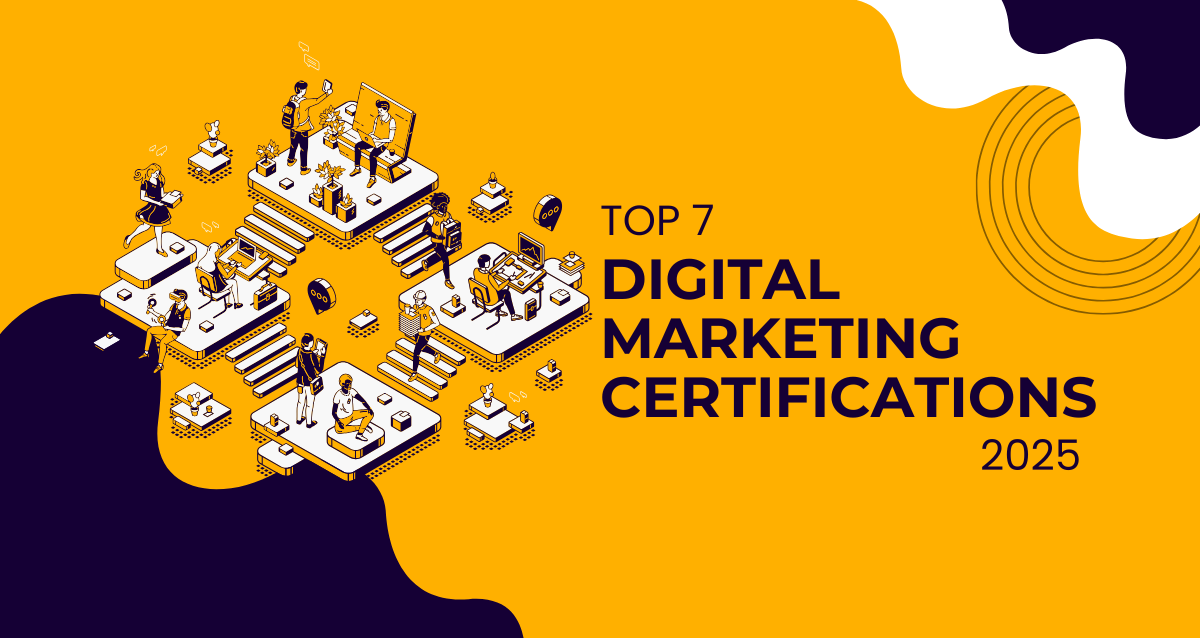
 31-Jul-2024
31-Jul-2024
Information Technology, or IT, is the backbone of modern business operations. It shapes how companies communicate, store data, and serve their customers. But what does it mean to be part of the “new” versus the “old” IT world? As technology speeds ahead at a breathtaking pace, understanding this shift becomes crucial for organizations looking to remain competitive.
From bulky mainframes that filled entire rooms to sleek cloud solutions accessible from anywhere in the world, IT has undergone remarkable transformations. The landscape is no longer dominated by traditional methods; instead, innovative practices are taking center stage. This evolution brings both advantages and challenges that every company must navigate.
Dive into this exploration of old vs. new IT as we uncover what sets them apart and how businesses can successfully adapt in today’s fast-changing environment.

Information Technology, commonly referred to as IT, encompasses the use of computers and software to manage information. It involves a wide array of processes that allow organizations to efficiently store, retrieve, and manipulate data.
At its core, IT is about connectivity. It enables communication between individuals and systems through networks. This facilitates seamless collaboration in both local and global contexts.
The field includes hardware components like servers and networking equipment along with software applications that drive business operations. From simple spreadsheets to complex enterprise resource planning systems, IT integrates various tools for enhanced productivity.
Moreover, IT also covers cybersecurity measures designed to protect sensitive information from threats. As businesses embrace digital transformation, understanding the essence of IT becomes vital for growth and sustainability in today’s technology-driven landscape.
The journey of Information Technology has been nothing short of revolutionary. It all began with bulky mainframes, which dominated the landscape in the mid-20th century. These machines were powerful but required an entire room to operate.
As technology progressed, personal computers emerged, bringing computing power into homes and offices. This shift enabled individuals to perform tasks that once required massive systems.
Then came the internet boom in the 1990s. Businesses quickly recognized its potential for connectivity and data sharing. This led to significant advancements in software development and network capabilities.
Today, cloud computing reigns supreme. It offers scalable resources without the need for extensive infrastructure investments. Companies can now access vast amounts of storage and processing power on demand.
This evolution has transformed how organizations operate and innovate, paving the way for a more agile approach to IT solutions across various industries.
Old IT typically revolved around bulky mainframe systems. These machines required significant physical space and specialized personnel for management. Data was often stored on local servers, creating silos that were hard to access.
New IT embraces a cloud-based approach. Information is available anywhere with internet access, fostering collaboration across teams and locations. The flexibility of this model allows companies to scale resources based on demand.
Security also contrasts sharply between the two eras. Older systems focused heavily on perimeter defenses, while modern IT emphasizes layered security protocols that adapt dynamically to threats.
User experience has transformed dramatically as well. Old IT demanded technical know-how from users, while new IT prioritizes intuitive interfaces that enhance productivity without extensive training.
These differences reflect broader shifts in business needs and technological capabilities, paving the way for innovative solutions in today’s fast-paced environment.
The new IT landscape brings forth remarkable advantages that are hard to ignore. Flexibility stands out as a major benefit. Companies can scale their operations up or down based on demand, allowing for efficient resource management.
Cost-effectiveness is another key advantage. With cloud computing and subscription models, businesses save significantly on hardware investments and maintenance costs. This allows funds to be redirected toward innovation.
Collaboration has also reached new heights with modern IT tools. Teams can work together seamlessly from different locations, enhancing productivity and creativity in project execution.
Moreover, data analytics capabilities have improved dramatically. Organizations now leverage real-time insights to drive decision-making processes, making them more agile in responding to market changes.
Security measures have evolved alongside technology advancements. Cloud providers invest heavily in protective protocols that often exceed what traditional systems could offer alone.
The adoption of new IT brings with it a host of challenges. One significant hurdle is the skills gap. Many organizations struggle to find professionals proficient in emerging technologies like artificial intelligence and machine learning.
Another challenge lies in data security. As businesses migrate to cloud-based solutions, they expose themselves to potential vulnerabilities. Protecting sensitive information requires constant vigilance and innovative security measures.
Integration issues can also arise when merging legacy systems with modern platforms. This often leads to compatibility problems that disrupt operations.
Change management plays a pivotal role in this transition. Employees may resist adopting new tools and processes, creating friction within teams and affecting productivity.
Navigating these challenges demands strategic planning and adaptability from companies eager to embrace the future of IT.
To thrive in the era of new IT, companies must embrace a culture of continuous learning. Encourage employees to upskill through workshops and online courses focused on emerging technologies.
Investing in cloud infrastructure is another critical step. This provides flexibility and scalability, allowing businesses to respond quickly to market changes.
Collaboration tools should be leveraged as well. These platforms foster seamless communication and enhance team productivity across remote work environments.
Adopting agile methodologies can also streamline processes. This approach allows for quicker iterations and improvements, aligning closely with customer needs.
Organizations must prioritize data security. With increased reliance on digital systems comes the responsibility to safeguard sensitive information against cyber threats.
The landscape of Information Technology has transformed dramatically over the years. From the era of bulky mainframes to today’s agile cloud computing solutions, IT continues to evolve at a rapid pace. The differences between old and new IT are significant, impacting how organizations operate.
New IT emphasizes flexibility, scalability, and real-time data access. This shift brings numerous advantages like cost savings and improved collaboration. However, it also presents challenges such as security concerns and the need for continuous learning.
For companies looking to adapt, embracing change is crucial. Investing in training and staying updated with trends can make all the difference in navigating this new terrain.
Understanding these dynamics helps businesses leverage technology effectively while preparing for future advancements that lie ahead. Change is constant in IT; those who embrace it will likely lead their industries forward.


19-Sep-2025


9-Sep-2025


14-Aug-2025